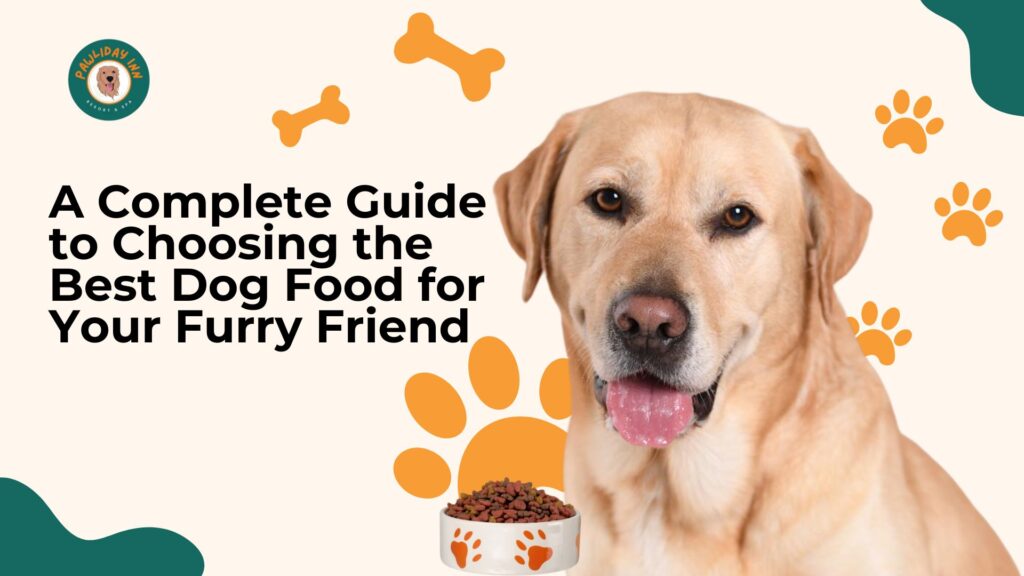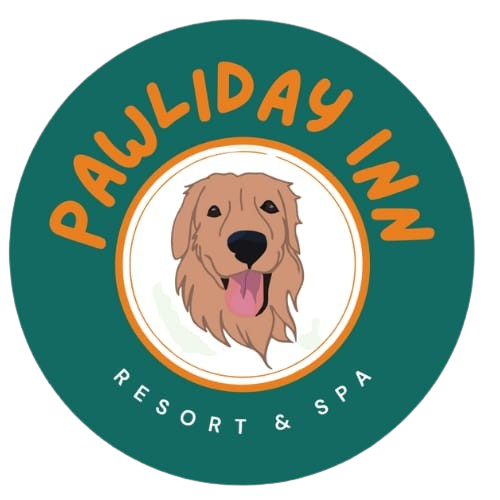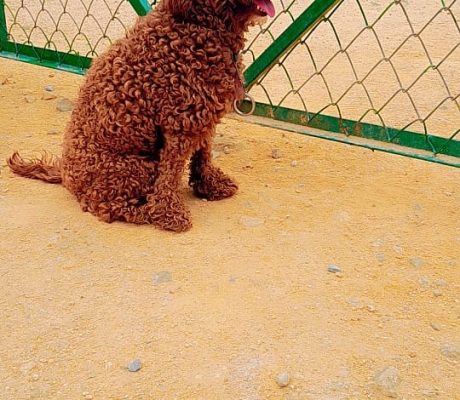As pet parents, we want to ensure our dogs receive the best nutrition possible. A well-balanced diet is essential for their health, energy levels, and overall well-being. But with so many options available, choosing the right dog food can be overwhelming.
In this blog, we’ll explore the different types of dog food, essential nutrients, and tips for selecting the perfect meal for your pup!

Types of Dog Food
1. Dry Kibble
- Affordable and convenient
- Helps maintain dental health
- Long shelf life
Kibble is a popular choice due to its crunchy texture, which helps reduce plaque and tartar buildup. Look for high-quality kibble with real meat, whole grains, and essential nutrients.
2. Wet (Canned) Food
- High moisture content – great for hydration
- Soft texture, ideal for senior dogs
- Rich in protein and flavor
Wet food is a fantastic option for picky eaters or dogs with dental issues, but it should be balanced with dry food to support oral health.
3. Raw Diet (BARF – Biologically Appropriate Raw Food)
- Mimics a dog’s natural diet
- Includes raw meat, bones, and organs
- High in protein and nutrients
A raw diet can be nutrient-rich but requires careful handling to prevent bacterial contamination. Always consult a veterinarian before switching to a raw diet.

4. Homemade Dog Food
- Fresh ingredients with no preservatives
- Tailored to your dog’s needs
- Requires proper nutrient balance
Homemade meals can be a great option, but they must be well-balanced with protein, healthy fats, vitamins, and minerals. Consulting a vet or pet nutritionist is highly recommended.
5. Grain-Free & Specialized Diets
- Suitable for dogs with allergies or sensitivities
- Includes alternative carbs like sweet potatoes and peas
- Always consult your vet before switching
Grain-free diets are popular, but recent studies suggest they should only be used if your dog has a specific intolerance or medical condition.
Essential Nutrients for a Healthy Dog
A well-balanced diet should include:
- Protein – Supports muscle growth (Chicken, Fish, Beef, Lamb)
- Healthy Fats – Promotes skin & coat health (Omega-3 & Omega-6)
- Carbohydrates – Provides energy (Brown Rice, Sweet Potatoes)
- Vitamins & Minerals – Strengthens immunity & bones (Fruits & Vegetables)
- Water – Always keep fresh water available for hydration
Tips for Choosing the Right Dog Food
- Check Ingredients: Look for whole meats, vegetables, and natural preservatives.
- Avoid Fillers: Stay away from artificial colors, by-products, and excessive grains.
- Consider Your Dog’s Age & Size: Puppies, adults, and senior dogs have different dietary needs.
- Read Labels Carefully: Look for AAFCO-approved foods that meet nutritional standards.
- Introduce New Food Gradually: Mix with their current diet to prevent stomach upset.

Best Dog Food Brands to Try
- Royal Canin – Breed-specific and well-balanced
- Hill’s Science Diet – Vet-recommended and nutritionally complete
- Orijen – High-protein and biologically appropriate
- Pedigree – Budget-friendly and widely available
- Acana – Grain-free and premium quality
Conclusion
Choosing the best dog food depends on your dog’s age, breed, health, and activity level. Always consult a veterinarian before making changes to your dog’s diet to ensure they receive the best nutrition possible.
💡 Pro Tip: No matter what food you choose, always ensure your dog has access to fresh water and receives plenty of exercise for a happy and healthy life!


















